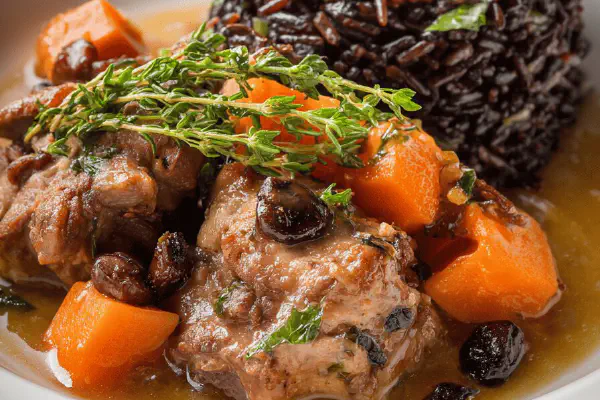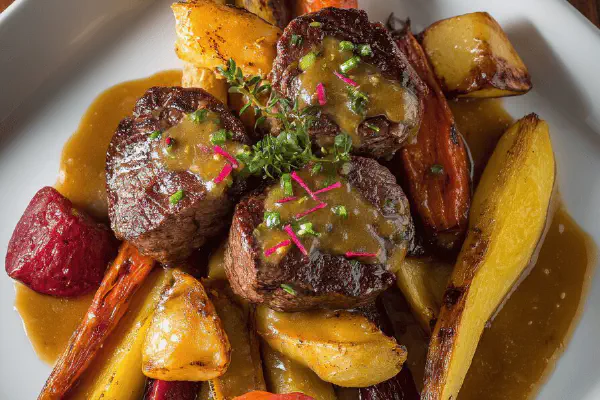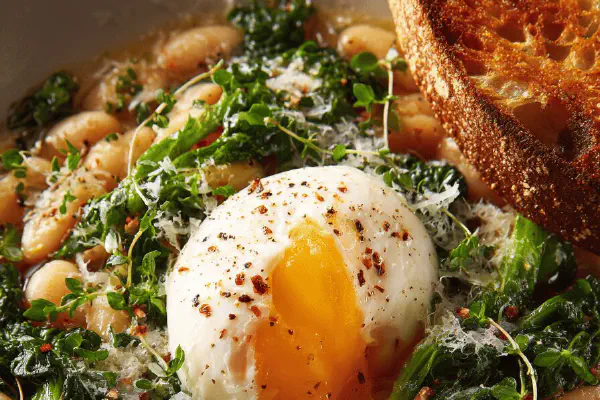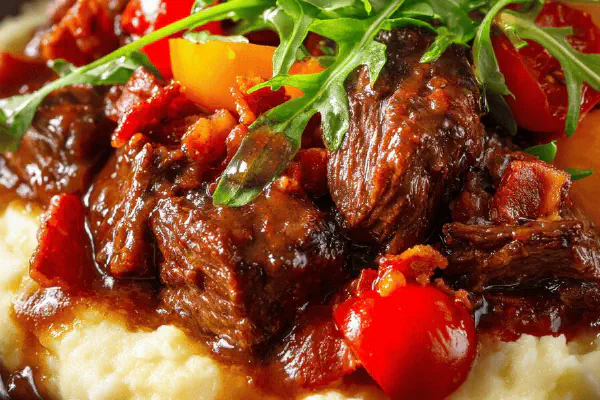Sole Potato Gratin
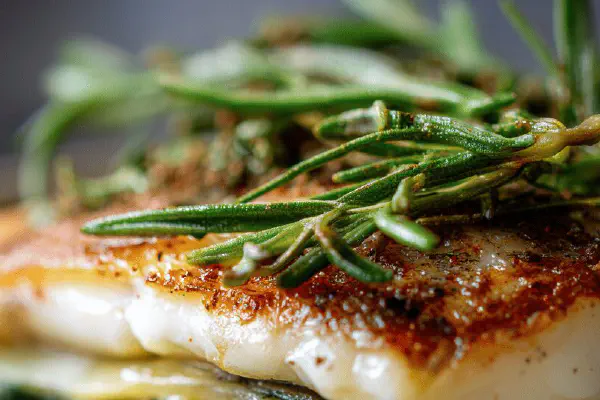
By Emma
Certified Culinary Professional
Ingredients
- 2 medium leeks, cleaned and sliced thin
- 60 ml (1/4 cup) extra virgin olive oil
- 1 litre (4 cups) fresh Swiss chard, stemmed and coarsely chopped
- 60 ml (1/4 cup) dry white wine
- 125 ml (1/2 cup) low sodium vegetable broth
- 250 ml (1 cup) half-and-half cream
- 6 medium Yukon Gold potatoes, peeled and thinly sliced
- Freshly grated nutmeg, to taste
- Kosher salt and freshly cracked black pepper, to taste
- 750 g (1 1/2 lbs) sole fillets, skin removed
- 60 ml (1/4 cup) fresh tarragon, finely chopped
About the ingredients
Method
- Heat oven to 175°C (350°F). Rinse and dry leeks thoroughly, slice thin. Use lots of olive oil to gently soften leeks in wide sautée pan. 6–7 minutes, no browning, keep stirring; fat coats leeks like gloss, aroma sweetening, faint sizzle audible.
- Add Swiss chard and pour in wine. Hear it hiss as wine meets hot veggies; steam rises, leaves shrivel, collapse. Stir, keep heat moderate. Wine reduces, concentrate flavor. Finish when chard is velvety, not pasty—about 5 minutes. Smell sharp vegetal notes with wine’s acidity.
- In goes vegetable broth and cream. Give a slow stir to bind all. Then gently fold in sliced potatoes, nestling in sauce; coating every slice. Crush a pinch freshly ground nutmeg right over, salt and pepper generously to season all layers. Nutmeg plays subtle heat, works miracles with potato creaminess.
- Transfer mixture to casserole dish, cover tightly with foil or a lid. Into oven for about 35–45 minutes, but look for potatoes soft enough to pierce with fork but not falling apart. Sauce should bubble faintly under foil, tiny steam vents forming at edges. If sauce seems dry halfway, add splash more broth or cream—potatoes demand moisture.
- Remove dish, uncover carefully, avoid lid steam fogging eyes. Lay sole fillets delicately on top. Fish should be matte, translucent but firm skinless fillets. Season fish with salt and pepper directly; no marinating—fish aromas delicate, minimal interference.
- Back to oven without cover, roast for 20 minutes. Fish will flake gently when poked with fork, flesh turns opaque—watch closely, overcooked sole turns rubbery, bluish sheen unwanted. Oven should not be too hot or outside cooks faster than center.
- Once cooked, pull dish out. Sprinkle fresh tarragon liberally over fish and potato bed. Tarragon’s anise kick lifts the entire casserole, a bright explosion amid mildness. Let rest 5 minutes, juices settle. Serve warm, scooping layers so each portion has fish, tender potatoes, and vivid green notes.
- Pro tip—if no sole, use flounder or any mild white fish, firm enough to hold shape. Swiss chard can be swapped for kale or collard greens, but reduce cooking time as these greens can be tougher. For cream substitution, full-fat coconut milk lends intriguing sweetness but changes flavor profile.
Cooking tips
Chef's notes
- 💡 Slow sweat leeks in olive oil—no color allowed. Watch bubbles soften shift, smell swings from raw to sweet, faint sizzle is signal. If browning starts, lower heat fast. Leeks carry main base flavor here; bitter ruins all layers.
- 💡 Wine stage: gentle hiss, steam rise. Cut heat to keep acid bright, avoid sharp harshness. Reduce till chard turns velvety, not mush. Timing crucial here—overcook and you lose vegetal snap, undercook and flavor’s flat. Smell guides timing better than clock.
- 💡 Potatoes slice thin, uniform thickness matters. Fold in gently, no crushing. Half-and-half replaces cream for sauce body; adds slight cling but not heavy. Look for sauce that coats slice, not pools watery. Add broth if drying develops mid-bake, moisture balance key.
- 💡 Bake covered first. Trap steam. Watch bubbles at foil edges—tiny vents form. Potatoes need soft fork-tender feel but shape intact. Don’t rush or fish layer under cooks, leading to tough sole fillets. Oven temps fluctuate; visual and touch cues trump timers.
- 💡 Final step uncovered roast fish. Matte surface, translucent yet firm flesh signals done. Overcook and texture snaps rubbery, bluish tinge appears—bad sign. Lay fillets spaced, no overlap. Salt+pepper lightly direct on fish; marinating kills subtle aromas from fish and herbs.
Common questions
What if no sole available?
Use firm white fish like flounder or cod. Texture close enough. Adjust roast time; thicker fillets might need more time under cover or uncovered finish phase. Avoid flaky fragile fish that break apart.
Swiss chard substitute?
Kale or collards work but tougher leaves so reduce cooking time in wine stage. Watch texture; those greens don’t wilt same way. Might add earthy bitterness, so balance seasoning tighter.
Potatoes dry out mid-bake?
Cover tightly with foil to trap steam prevents drying. If dryness appears midway, splash broth or half-and-half quickly. Moisture key always; dry spuds kill layering feel, sauce sticks, fish suffers too.
Can I prep ahead?
You can sweat leeks and chard stages day before, keep cool. Slice and soak potatoes in water to stop browning. Assemble before baking but fish best added just before final roast to avoid overcooking or texture loss.
